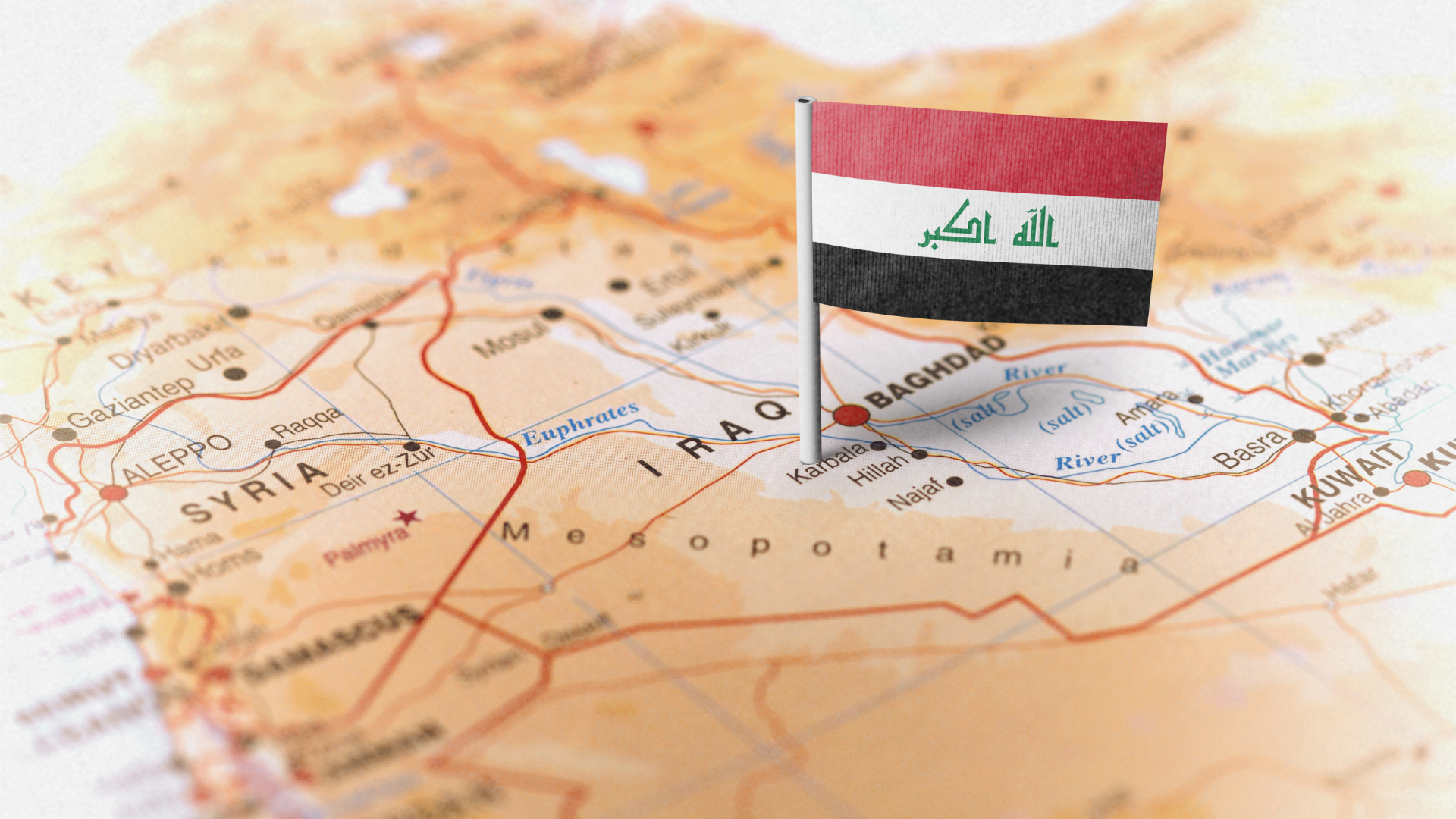The Makati City Council has recently passed Ordinance No. 2012-037 creating Makati Disaster Risk Reduction and Management Office (DRRMO), to step up its advocacy of enhancing the climate and disaster resiliency of the city against all forms of natural or human-induced hazards and disasters.
“The city government has prioritized the creation of the Makati Disaster Risk Reduction and Management Office to better ensure that our ongoing initiatives and future programs will constitute a holistic approach in managing and mitigating the impact of natural and human-induced hazards and disasters on the city and its stakeholders,” Binay said.
Makati DRRMO is mandated in establishing “community-based volunteer and rescue groups and strengthening of existing teams; raising public awareness and involvement of all sectors; networking and partnership with stakeholders in Makati and other LGUs; and integrating gender and vulnerable group-sensitive strategies during disasters,” according to the city government’s website.
Binay revealed that an initial budget of P5 million for operational expenses has been approved and made available from the General Fund. Makati DRRMO will consist of the following personnel: Disaster Risk Reduction and Management Officer, DRRM Administration and Training Officer, DRRM Research and Planning Officer, DRRM Operations and Warning Officer, and others who could provide the needed services. Also to be integrated under the Makati DRRMO are the Makati Command, Control and Communication Center (Makati C3) and Makati Rescue.
Beyond the purpose of achieving a high degree of resiliency, Binay said that through knowledge and technology transfer, Makati City aspires to keep sharing its best practices with other localities here and abroad. He also said that the city is prepared to send its rescue teams to help in actual search and rescue operations in disaster-stricken zones.
Previously, Makati City has received numerous awards, including Best Local Disaster Coordinating Council for Highly Urbanized City – National Level in 2006, 2010, and 2011; “Role Model City” by the United Nations International Strategy for Disaster Reduction; “Campaign Champion for Making Cities Resilient” in May 2011; one of “East Asia’s Climate Resilient Cities” in 2008 by the World Bank; Best Local Disaster Coordinating Council for Highly Urbanized City for six straight years (2006 to 2011) by Gawad KALASAG; and twice received the Hall of Fame Recognition for winning the National Capital Region level competition for three consecutive years.
“We are truly glad that our efforts have been recognized even by the international community. We intend to remain at the forefront of this global advocacy as campaign champion for making cities resilient,” Binay said.





